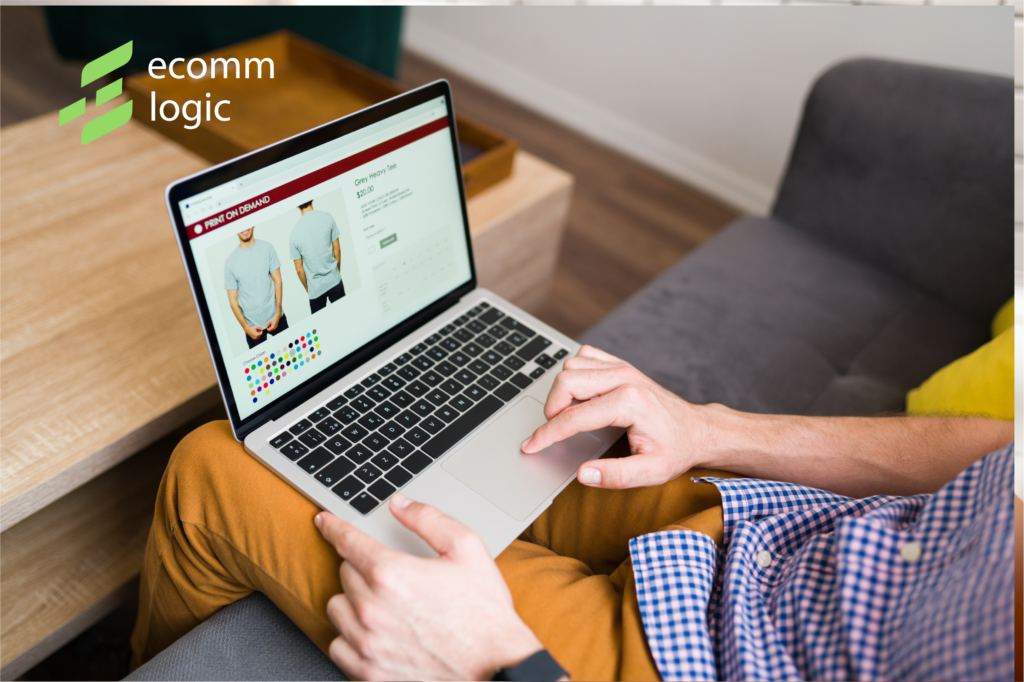Running a Shopify store without A/B testing is like shooting in the dark. You might hit your target once in a while, but you’re relying more on luck than strategy. At EcommeLogic, we believe every click, scroll, and conversion tells a story — and A/B testing is the most effective way to understand that story.
A/B testing, also known as split testing, is the method of comparing two versions of a webpage or element — such as a button, image, or headline — to determine which performs better. By splitting your website traffic evenly between two versions, you can collect real-time data on what drives visitors to take action — whether it’s making a purchase, signing up for a newsletter, or adding a product to the cart.
For Shopify store owners, A/B testing isn’t just a “nice to have” — it’s a growth accelerator. It enables you to make informed decisions based on user behavior, not assumptions. The result? Higher conversions, better customer experiences, and increased revenue — all without needing to boost your ad budget.

Why A/B Testing is Essential for Shopify Stores
Every Shopify store is different — from the type of products to the behavior of its visitors. What works for one store may not work for another. A/B testing reveals what works best for your specific audience.
Even small tweaks — like changing the text on a CTA button or rephrasing a product description — can significantly improve your performance.
Here’s why A/B testing matters:
-
Make data-driven decisions rather than relying on guesswork
-
Boost conversions and sales with subtle, smart adjustments
-
Learn your customers’ preferences through real behavior tracking
-
Minimize risk during redesigns or new feature launches
Top-performing eCommerce stores don’t just build — they evolve using consistent A/B testing strategies.
What You Should Test in Your Shopify Store
There are dozens of elements to test on your Shopify site. However, it’s best to start with areas that directly impact purchasing behavior. Below are some of the most effective elements to consider:
1. Product Titles and Headlines
Your product titles make the first impression. Test different styles that highlight benefits, emotions, or urgency.
Examples:
-
- “100% Organic Honey” vs. “Pure Mountain Honey – Boost Your Immunity”
-
- “Luxury Sofa Set” vs. “Transform Your Living Room with Luxury Comfort”
2. CTA (Call-to-Action) Buttons
Your CTA button plays a critical role in conversions. The wording, color, and position can all be tested.
Try testing:
-
- Button Text: “Add to Cart” vs. “Get Yours Now”
-
- Button Colors: Green vs. Orange
-
- Placement: Above the fold vs. below the product description
3. Product Descriptions
Some users prefer concise bullet points; others want detailed explanations. Find out which format your audience prefers.
Test variations like:
-
- Bullet points vs. paragraph descriptions
-
- Technical features vs. emotional benefits
4. Images and Videos
Visuals have a major impact on engagement. Try different formats to find the most effective presentation.
Ideas to test:
-
- Product-only photos vs. lifestyle imagery
-
- Still images vs. demo videos or unboxings
5. Pricing and Discounts
Even small pricing experiments can impact perception and conversions.
Examples:
-
- “10% Off” vs. “Save $5”
-
- “Buy 2 Get 1 Free” vs. “Bundle & Save”
6. Homepage & Landing Page Layouts
The layout of your homepage can shape user behavior. Experiment with layout options to boost engagement.
-
- Hero section placement
-
- Featured products vs. categories
-
- Bold CTAs vs. subtle design

7. Checkout Process
A smoother checkout reduces cart abandonment. Optimize this step to maximize sales.
Elements to test:
-
- Guest checkout vs. account creation
-
- Trust badges and security icons
-
- Fewer form fields vs. longer forms
How to Run A/B Tests in Shopify
Shopify doesn’t offer built-in A/B testing, but several apps and tools make it easy to implement:
-
- Neat A/B Testing
- Neat A/B Testing
-
- Intelligems
- Intelligems
-
- Convert.com
- Convert.com
-
- Shogun Page Builder (for custom landing pages)
These tools allow non-developers to test variations without coding. For accurate results, always test one element at a time and let the experiment run until you have a statistically significant amount of data — typically a few hundred visitors per variation.
Final Thoughts
In Shopify, minor adjustments can lead to major growth. A/B testing isn’t about big redesigns — it’s about small, continuous improvements based on user behavior. By running regular tests, you gain a deep understanding of what drives action — and more importantly, what doesn’t.
At EcommeLogic, we help Shopify businesses grow not by guessing, but by testing. With smart A/B testing strategies, you can optimize your site element-by-element and turn more of your traffic into loyal, paying customers.
 Want help setting up A/B testing that drives results?
Want help setting up A/B testing that drives results?
Let the Shopify experts at EcommeLogic help you plan and implement testing strategies that work.

